Sarah WM George is a postdoc in the Arizona LaserChron Center at University of Arizona. She is a tectonic sedimentologist who is interested in integrating records of tectonics, magmatism, and climate, and likes to tinker with new developments in petrochronology.
It’s hard to beat the Central Andes when studying Cordilleran processes—with protracted shortening since the latest Cretaceous to earliest Cenozoic, these mountains show extreme retroarc shortening (in excess of 300 km) and other end-member Cordilleran features such as basement-cored foreland uplifts, delamination, and plateau development. These processes are recorded in the sedimentary basins formed during orogenesis. In addition to rich tectonic archives, the vast basin records generated during Cordilleran orogenesis also preserve climatic signals.
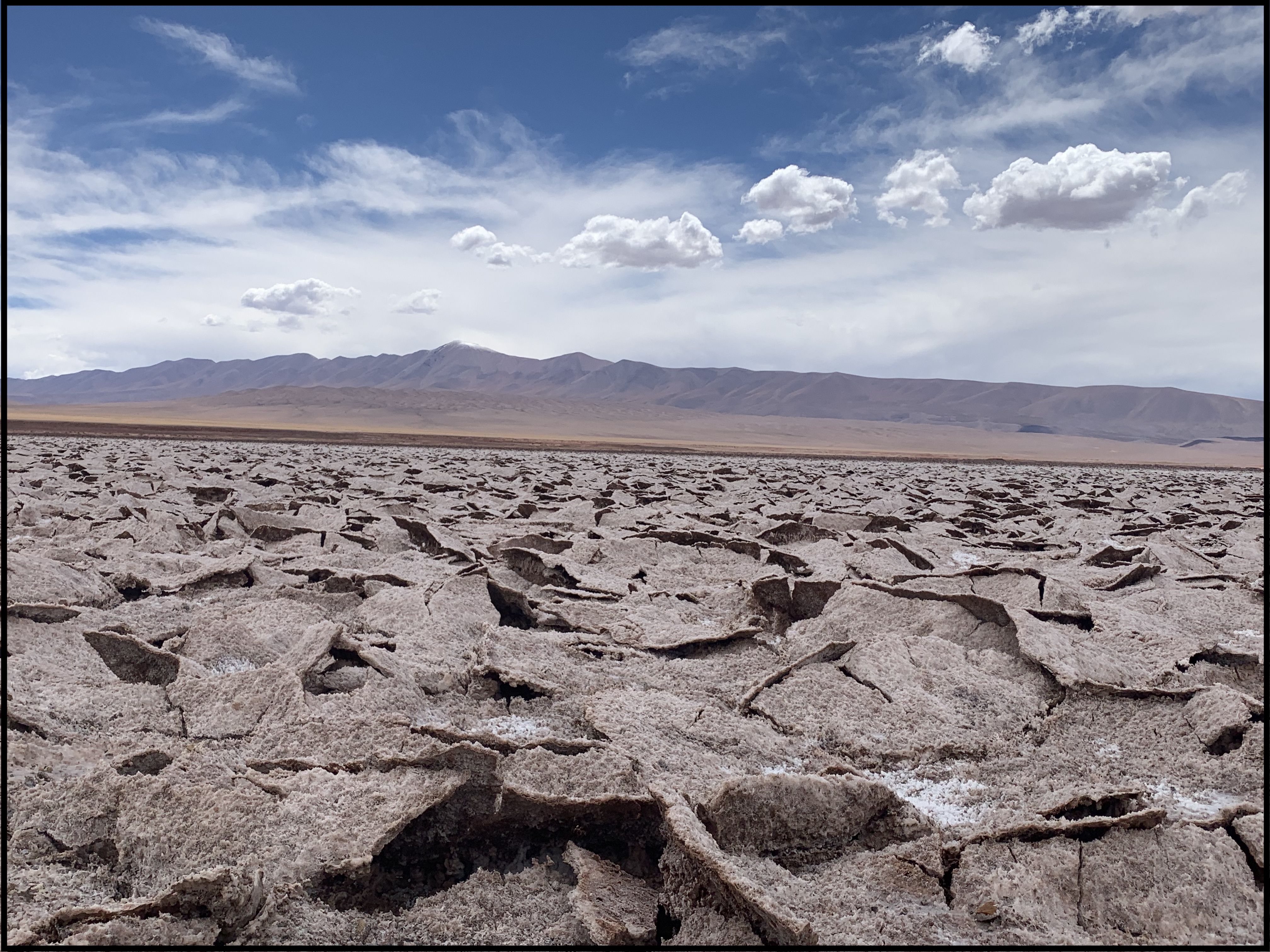
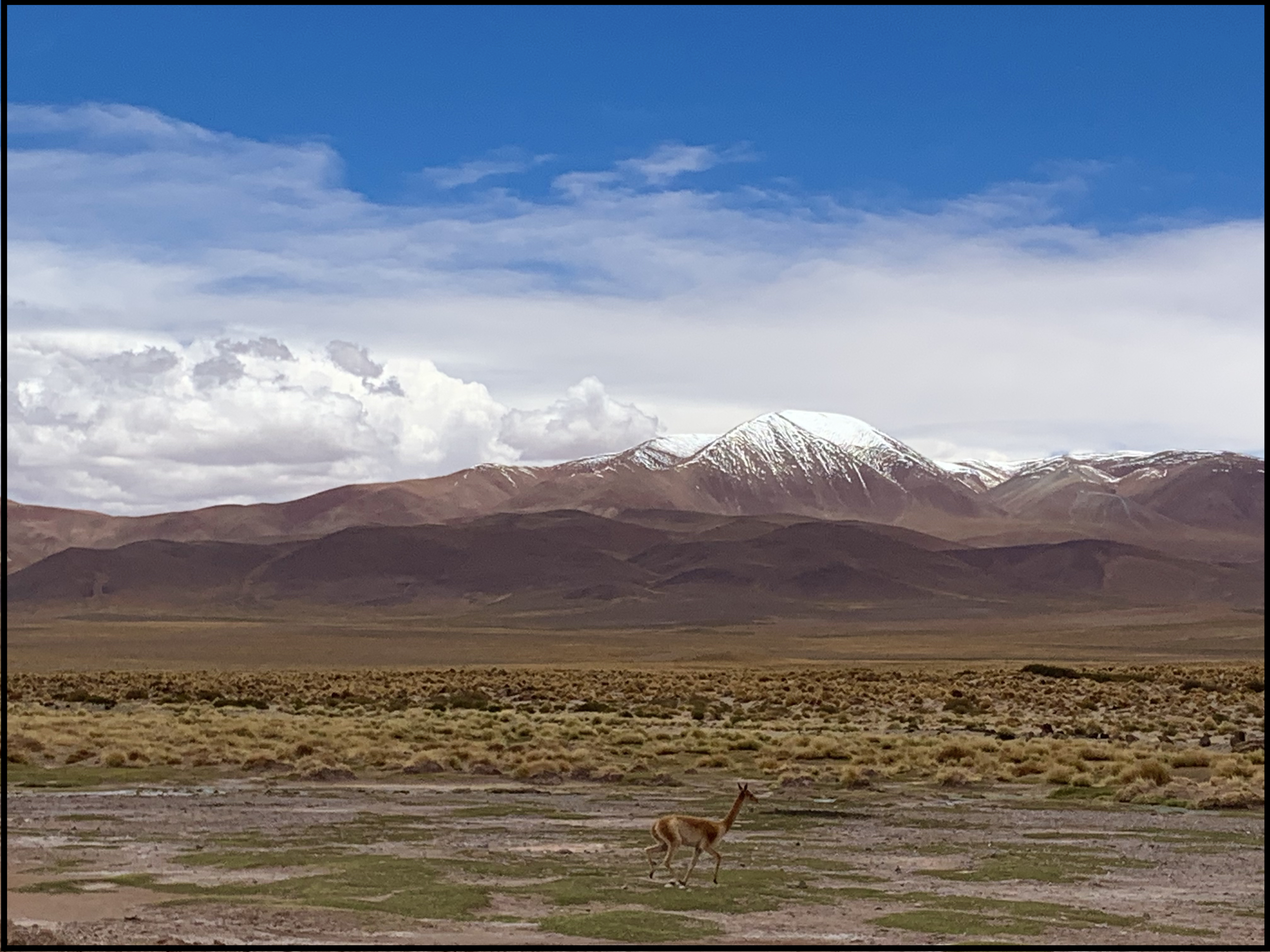
This field season, we are documenting a regional climatic shift at the onset of the Middle Miocene Climatic Optima (ca. 17 Ma) from arid to humid conditions across basins in the Central Andes. In the sedimentary record, the change is expressed as a shift from dominantly eolian facies (paleo-dunes!) to fluvial and lacustrine facies. The facies shift seems to be regionally extensive in basins ranging from ~24-32°S. In the field, we are carefully documenting facies, measuring paleo-wind directions throughout each sedimentary succession, as well as sampling for U-Pb geochronology and stable isotope analysis.
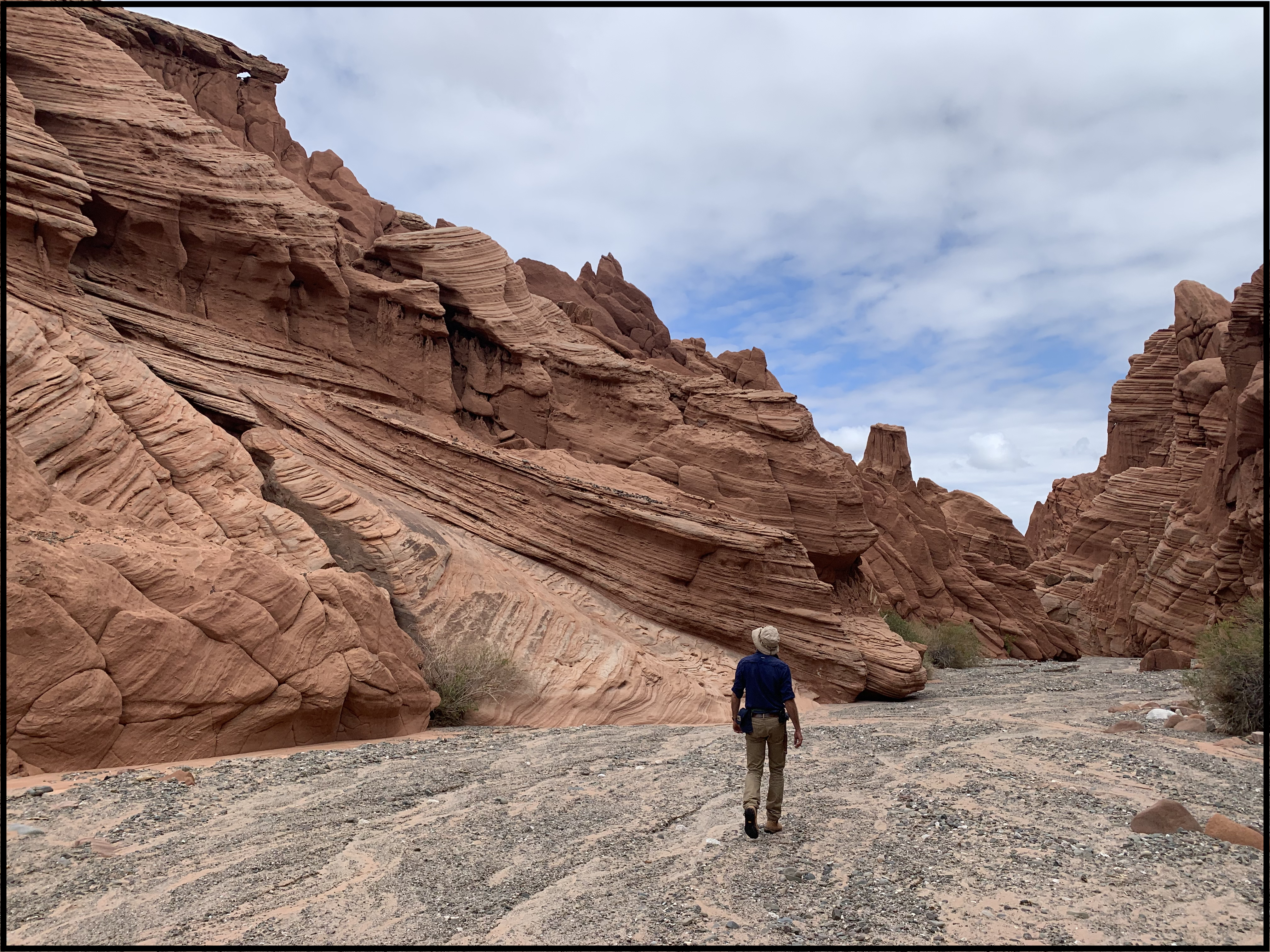
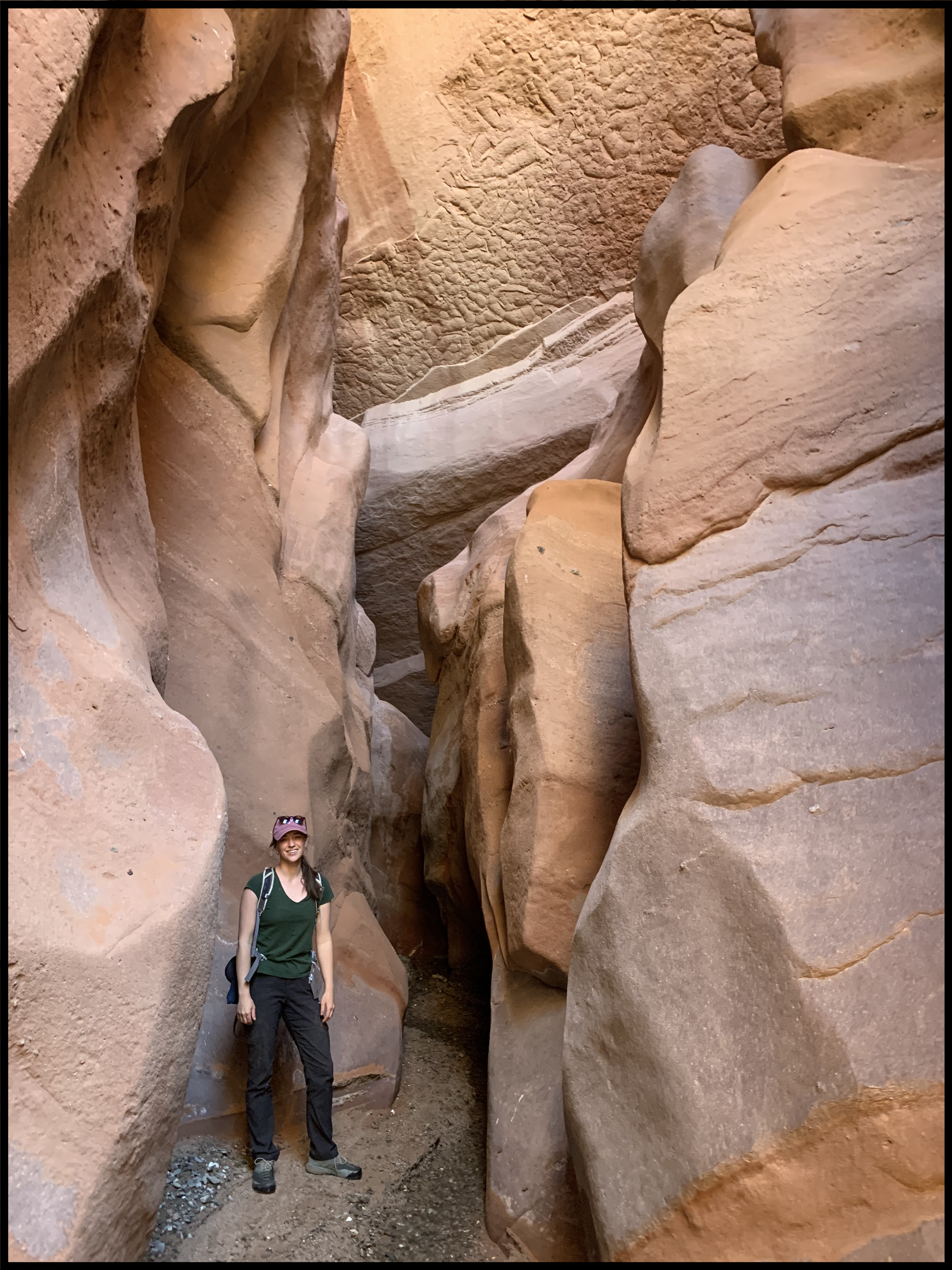
In the Andes, the presence of an active volcanic arc makes U-Pb geochronology particularly useful for developing a chronostratigraphic framework since syn-depositional zircons are constantly being incorporated into the sedimentary record. From U-Pb geochronology on detrital zircons and volcanic zircons from interbedded tuffs, we know that the change from eolian facies to fluvial facies occurred roughly 17 million years ago at the start of the Middle Miocene Climatic Optima.
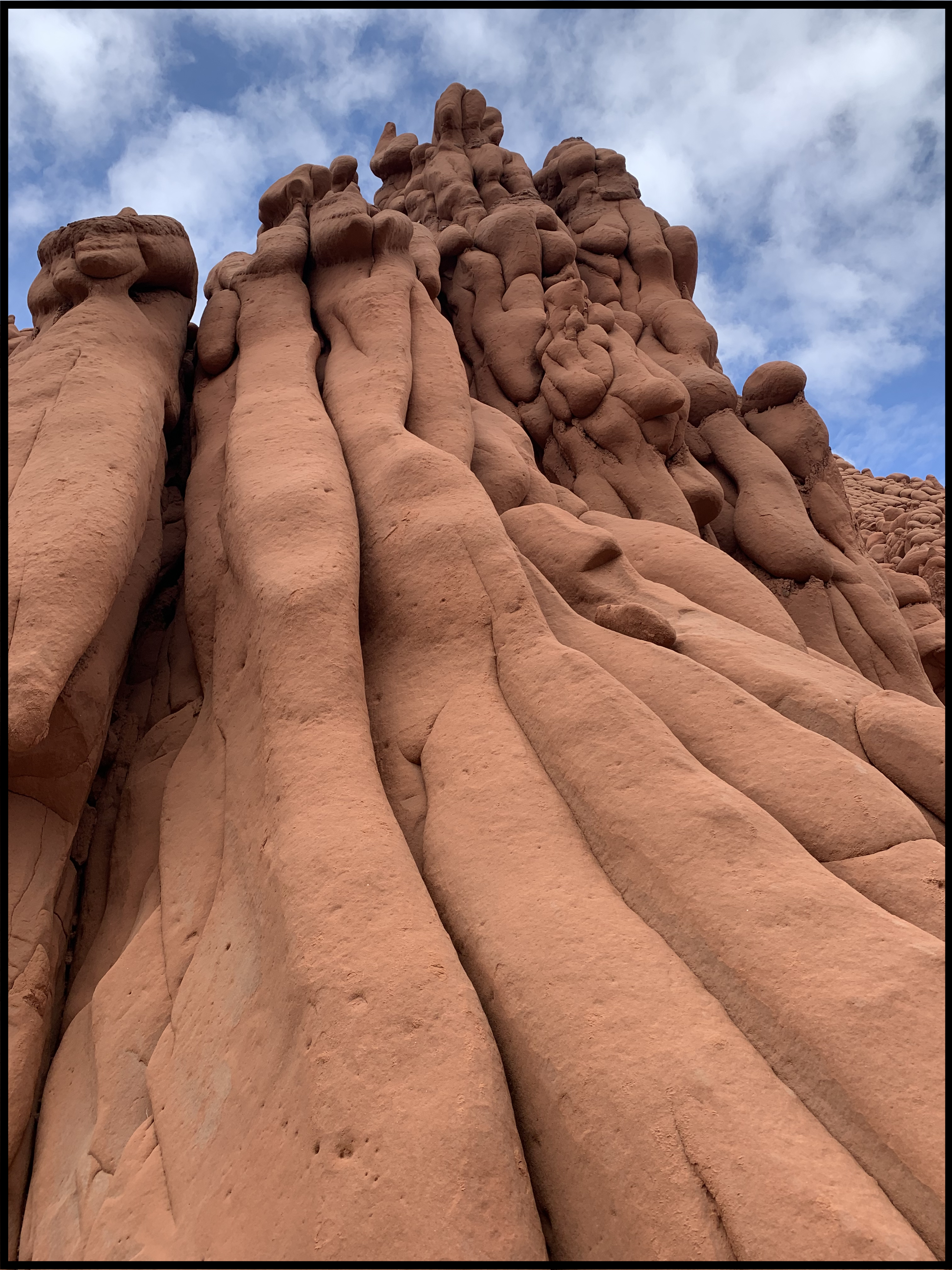
The Middle Miocene Climatic Optima (ca. 17-14 Ma) was an important shift in global climate. Global ocean temperatures and land surface temperatures rose over this protracted period of warming. Despite this, we know little about the land surface response to the Middle Miocene Climatic Optima. Did warmer temperatures lead to aridification, or to an intensification of the paleo-hydrologic cycle? Were these changes latitudinally restricted or global? Understanding the past response to warming of the climate is critical to better constraining models of continued anthropogenic climate change.
From preliminary data, the regional change from eolian to fluvio-lacustrine facies at 17 Ma support a shift from arid to more humid conditions in the Central Andes at the onset of the Middle Miocene Climatic Optima. These results suggest an intensification of the South American monsoon during the Middle Miocene Climatic Optima.
In addition to the amazingly exposed geology, Argentina is a great place to work. Empanadas, vino tinto, great views, and friendly locals are making the field season fly by (while the golf ball sized hail, sand/windstorms, and biting gnats are slowing the roll).
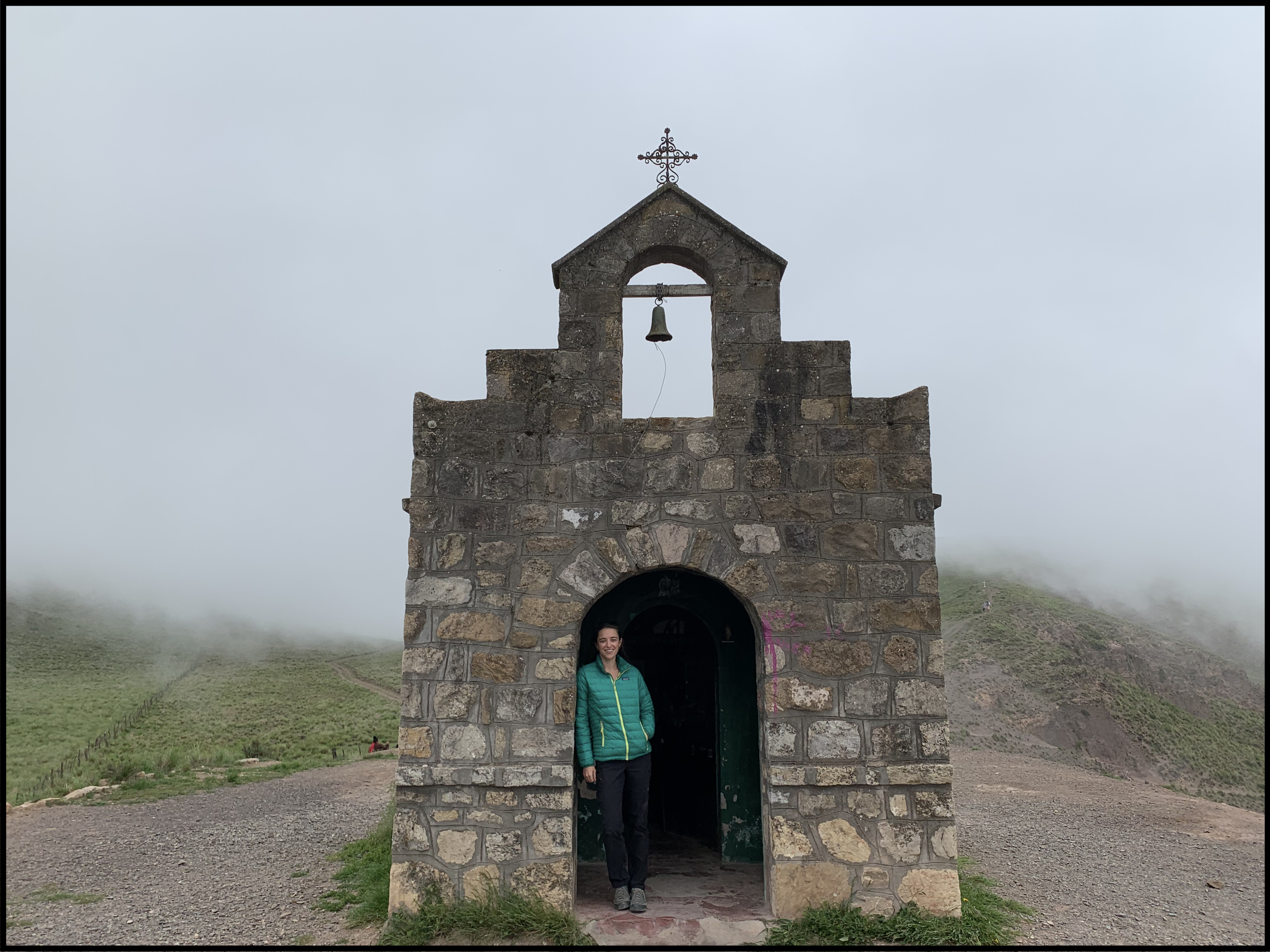
This project is supported by a National Science Foundation grant (P2C2 program) to Dr. Barbara Carrapa. The results will be coupled with stable isotope work led by Dr. Mark Clementz at the University of Wyoming and incorporated into climate models led by Dr. Clay Tabor at the University of Connecticut. Stay tuned for the paper(s)!
![]() This work is licensed under a Creative Commons Attribution-NonCommercial-ShareAlike 4.0 International License.
This work is licensed under a Creative Commons Attribution-NonCommercial-ShareAlike 4.0 International License.
